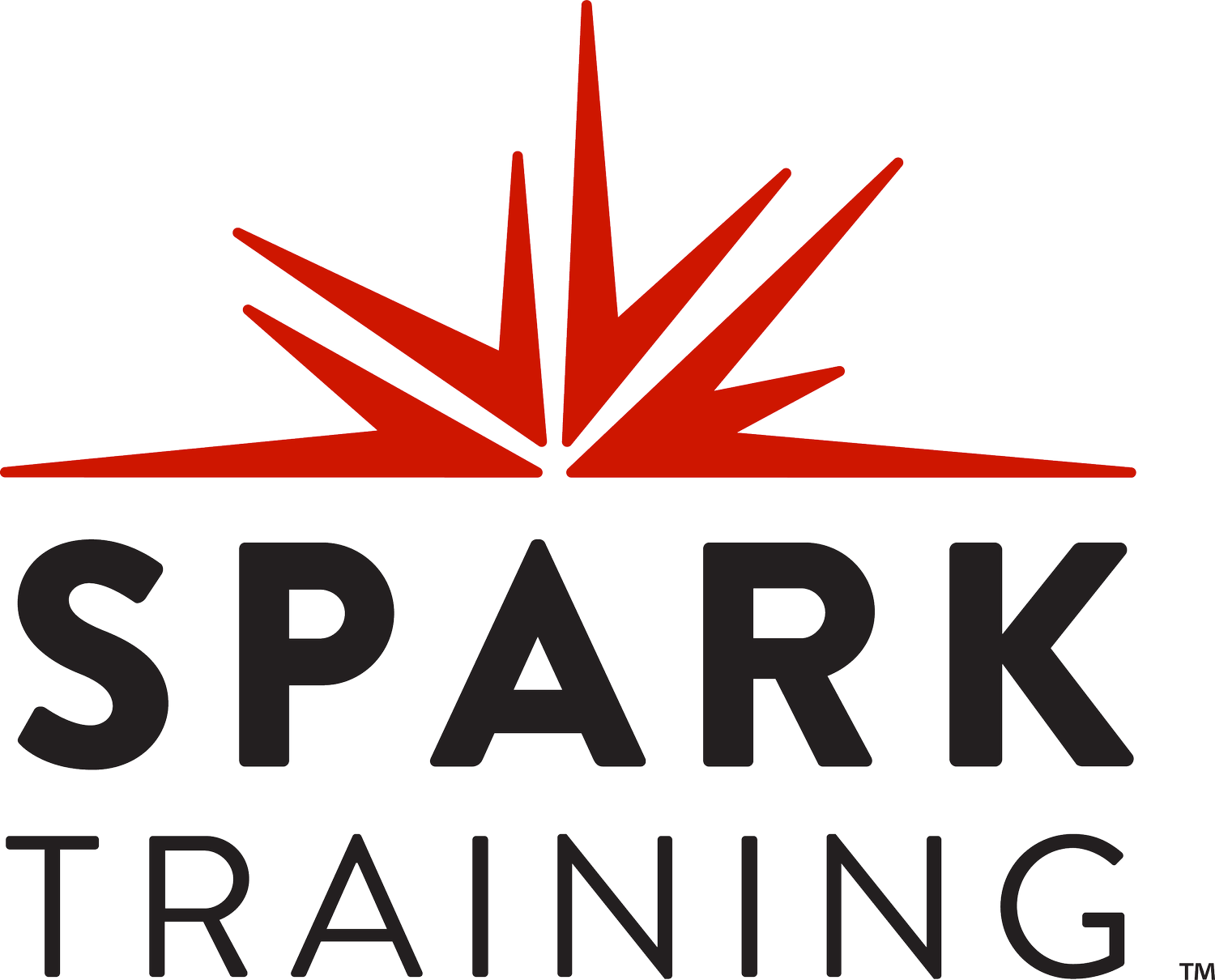Emergency Response: Man Down Part 1
Charles, a correctional officer, has just arrived for his shift. He’s preparing to head to his post when the call comes over the radio – “man down!” Charles knows there is a procedure for this, but he’s caught so off guard that he freezes. He knows that he needs to hurry but he can’t remember what to do. He’s wasting time, so he tries to shake it off and heads to the scene to provide assistance. It’s only when he gets there and sees the detainee on the ground that he realizes he forgot the emergency bag.
Apply a “First 60 Seconds” strategy
The “First 60 Seconds” is a valuable strategy that supports a readiness mindset. It is recommended that jail staff take the “First 60 Seconds” of each shift to think through where to get equipment and the procedure for responding to an emergency. Jails should be equipped with lifesaving equipment and supplies, but preparation is key to ensure that these items are accessible and available in the event of an emergency.
Consider the following equipment and supplies, as well as the question prompts:
The “First 60 Seconds” strategy may also be achieved through staff huddles or signage posted for officers to see once training has been provided. Apply a “First 60 Seconds” strategy to create an added layer of response preparedness in the event of a man down situation in your jail.
Review, drill, and train on your response plan
A detailed response plan, including specific roles and responsibilities, supports your jail in a time of crisis. Review the plan regularly and make updates based on the availability of staff and equipment/supplies. For example, if your facility recently developed a new form or checklist, this should be added to your man down response plan to guide your team in using it appropriately.
Drills help to identify opportunities for improvement and correct problem issues. Practicing the steps of a response effort helps to create habits that prepare a team to respond in a real emergency. Trainers should try to make drills as realistic as possible to help staff practice a real emergency response.
It is recommended to perform an annual man down drill on each shift to include available medical personnel. Partner with on-site medical to design and drill your response plan. Following a drill, training should be provided and documented to support your quality improvement program. Review, drill, and train on your man down response plan regularly to prepare your team for a successful response.
For more information, please contact training@sparktraining.us.
Disclaimer
All materials have been prepared for general information purposes only. The information presented should be treated as guidelines, not rules. The information presented is not intended to establish a standard of medical care and is not a substitute for common sense. The information presented is not legal advice, is not to be acted on as such, may not be current, and is subject to change without notice. Each situation should be addressed on a case-by-case basis. When in doubt, send them out!®






















